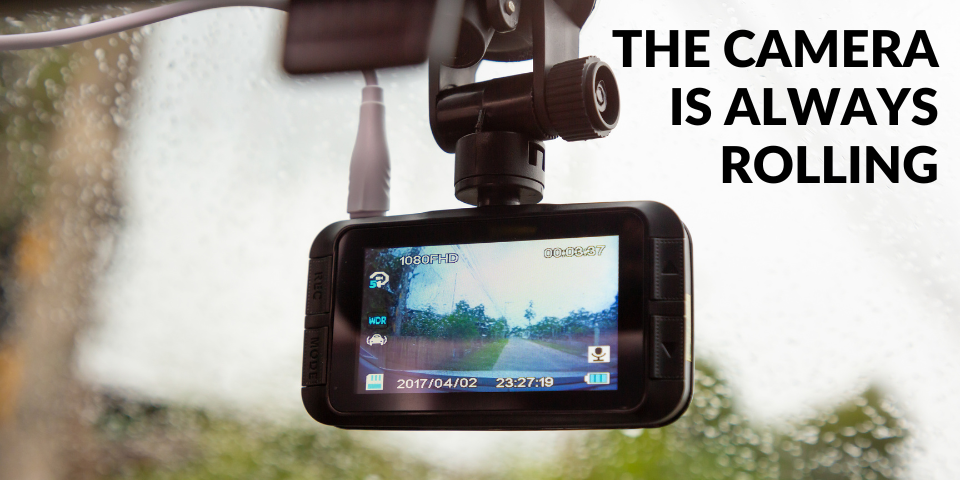In The News

The Camera Is Always Rolling
Over twenty years ago, I began a career in television as a sports producer - a far cry from where I’ve found myself in recent years, working in the trucking industry in several different capacities. One of those capacities, and most recently, as the host of two different podcasts available on ExpeditersOnline.com (Industry Outlook and State of the Industry with John Elliott). In each of these instances, however, I’ve enjoyed both ventures and have garnered a good amount of working knowledge that can be applied in many different cases. One such tidbit I picked up from my days behind the scenes, and in front of the lens, is that one must constantly behave as if the camera is always rolling. You never know what the camera, or the microphone, is going to pick up so it’s better to err on the side of caution.
The guiding principle of “the camera is always rolling” can certainly be attributed to the trucking industry. More and more companies and carriers are utilizing in-cab and in-dash cameras to record and capture driver behaviors and driving habits. It’s a safety measure, and the practice is becoming more commonplace in order for trucking companies to maintain their safety score and keep it in good standing.
There are several good reasons why a company placing these cameras in the cabs of their trucks constitutes a smart decision.
Safety Dance
In many cases, companies will use their in-cab cameras to assess driver performance and applaud those who exemplify such safe driving prowess. If a driver can demonstrate consistently safe performance, then there’s great reason for a carrier’s safety department to deliver accolades, and maybe even safe-driving bonuses, to their fleet’s top performers.
Not to mention, if an issue occurs on the road and the driver does something heroic, like outmaneuvering an accident in front of them, it’s good to have a visual record on hand to compliment the driver’s story. Plus, it’s something that can be used in driver safety training courses for new drivers entering the company.
Driver Fatigue
It’s no secret that driver fatigue is an issue that plagues most, if not all, carriers and their fleet. An in-cab camera can shine a light on the potential for a fatigue-related crash before it even happens. If a driver is yawning, their eyelids are closing, or they’re drifting within their lane, these tend to be obvious signs of fatigue that might only be discovered with the assistance of a driver-facing camera.
Some drivers may find use of a camera like this to be invasive, but its ultimate purpose is to address driver safety as well as the safety of other drivers sharing the road. With that said, if a driver is demonstrating the onset of fatigue, the carrier’s safety department can immediately reach out to the driver and address the situation before it becomes a hazard.
Witness Protection
Imagine being able to corroborate a story with law enforcement in the event a driver witnesses an accident on the road. A dash cam makes things easier to find fault within an incident, whether that fault belongs to someone in another vehicle, or it lies within the cab of the company’s own driver.
Should there be reason for that camera’s usage to be called into action, there would be ample evidence to either back up what the driver’s statement might be, or it could call into question what actually transpired in the event of multiple recounts of involved stories.
The bottom line is that technology is here to stay, like it or not, and it’s always evolving in ways that will prove to help a driver more often than hinder them. So rather than oppose the use of such helpful tech, maybe take an open-minded approach that it’s being designed in such a way that will assist in improving one’s life, work, and existence on the road.
